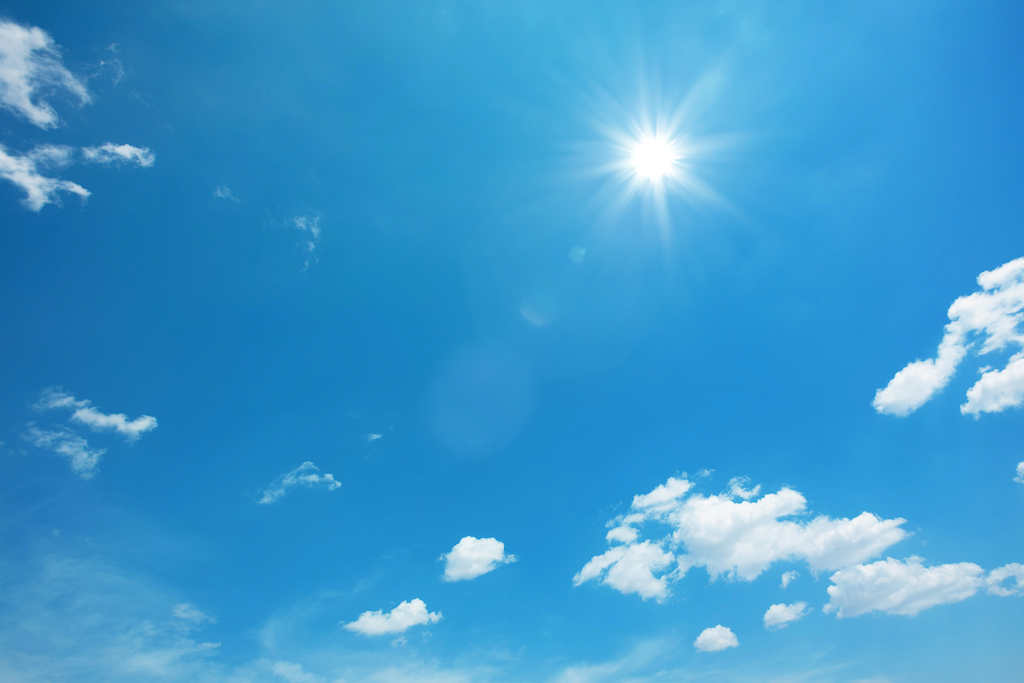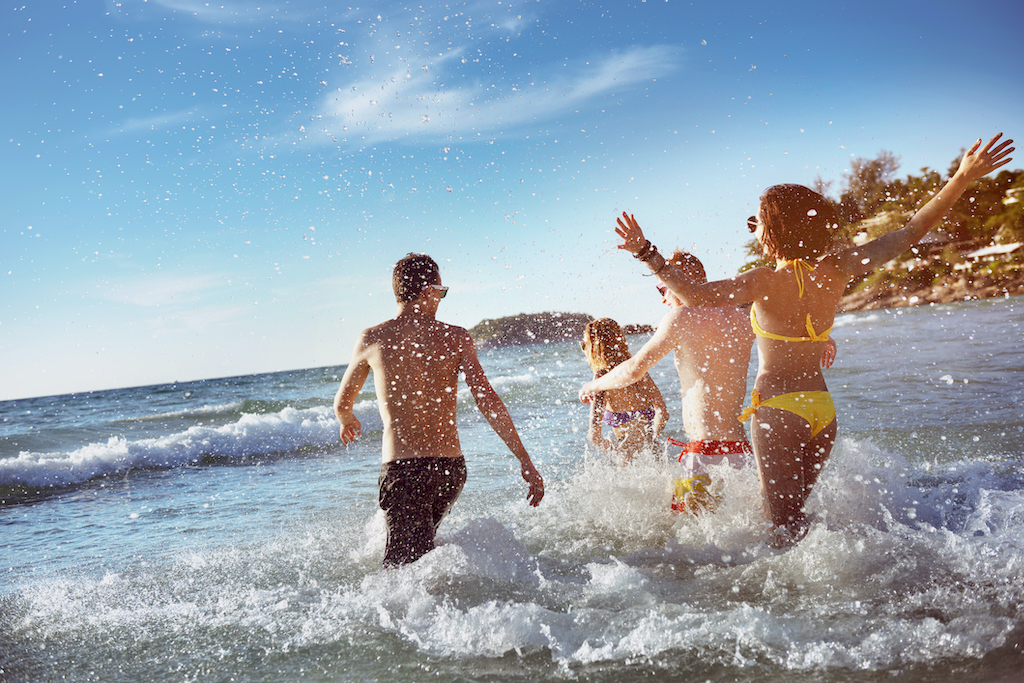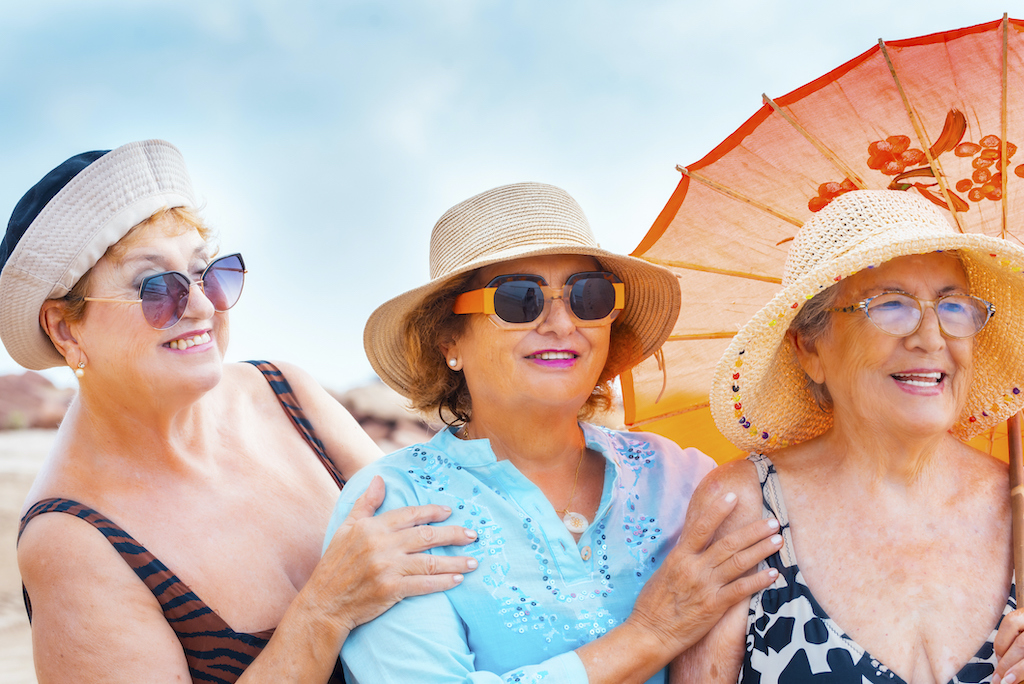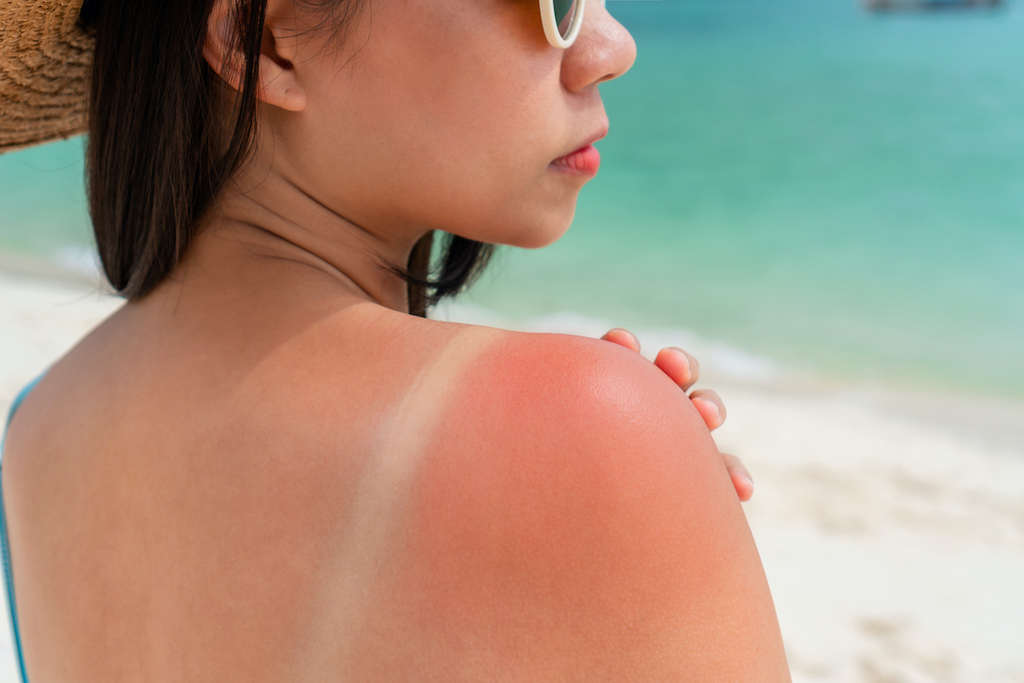Otherwise known as the sun’s ultraviolet radiation, the UV Index describes the intensity of solar UV radiation on a daily basis. It also takes into account both UV-A and UV-B radiation types and lets you know what action to take.
Initially, it was thought that only UV-B caused skin cancer. But this isn’t entirely true. Both UV-A and UV-B can cause it. UV-A also prematurely ages the skin because of its high impact on collagen fibres.
Whether you’re protecting yourself from cancer or you want to keep your skin looking younger for longer, taking action against UV is a wise decision. That’s why following the rules of slip, slop, slap, slide and seek – should also apply in winter.
Did you know?
- UV radiation can’t be seen or felt because heat or high temperatures are not an indication of ultra violet exposure
- You need Vitamin D for good health, strong bones and muscles
- Sensible sun protection won’t put you at risk of Vitamin D deficiency
Just the facts on UV:
- The sun emits UVA, UVB and UVC radiation
- The ozone layer is there to block all UVC radiation as well as most UVB but none of the UVA radiation
- UVA penetrates the skin deeply causing damage like wrinkles and discolouration
- Exposure to UVB causes sunburn which can result in permanent skin damage
- UV levels can vary in strength across Australia on any given day
- When the UV Index reaches three, sensible sun protection is necessary and won’t put you at risk of Vitamin D deficiency
Striking a healthy balance
Given all the risks, enjoying all the benefits of sunshine can be tricky. On the one hand, UV radiation is the major cause of serious skin damage and cancer and on the other, it’s the best source of Vitamin D. So how do you strike that healthy balance?
Try and stay out of the sun during the middle of the day. And when you do want to catch a few rays, remember to always wear a hat, sunglasses and, most importantly, wear sunscreen with a high SPF.
For tips on staying sun safe throughout the year, visit here.
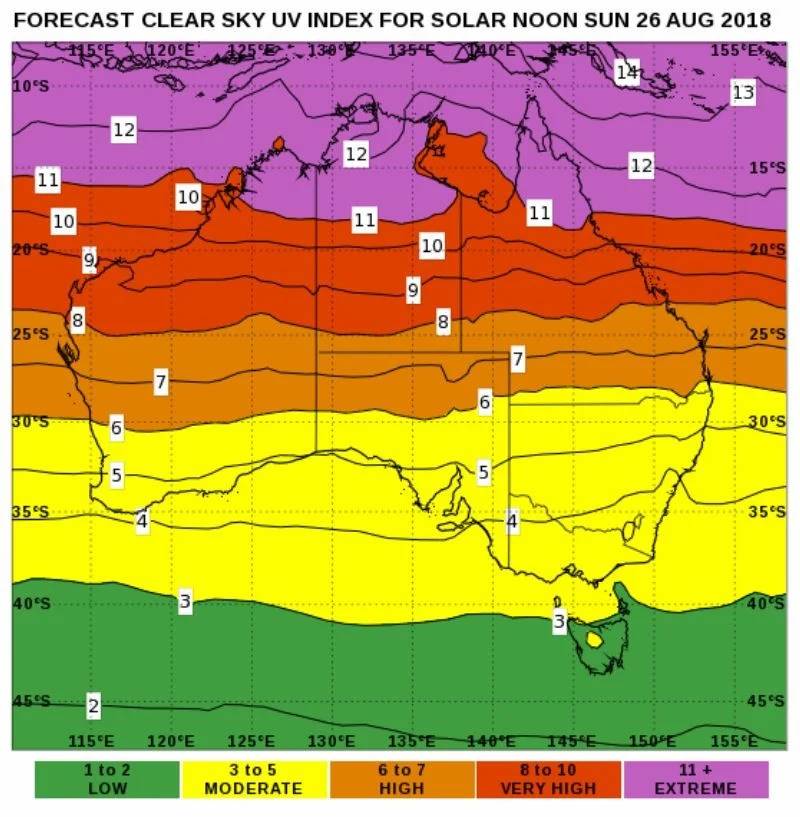
(Courtesy of BOM)
|
UV Index Range |
WHO Recommended Action |
|
1 – 2 (Green) |
No protection required. You can stay safely outside |
|
3 – 5 (Yellow) |
Take precautions in the midday hours |
|
6 – 7 (Orange) |
|
|
8 – 10 (Red) |
Avoid being outdoors during the midday hours. |
|
11+ (Purple) |

